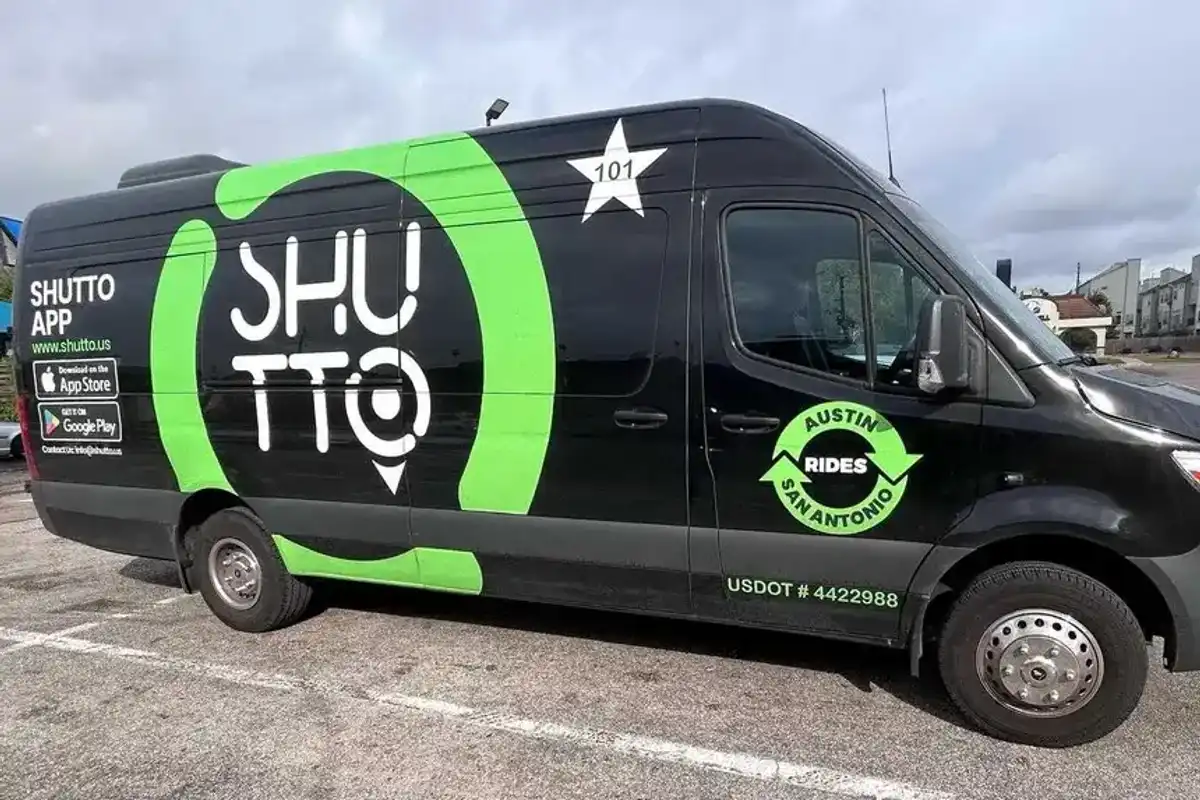Faculty in research and what you need to know, according to this Houston expert
guest columns
The world of academic research is tough. As institutional research offices juggle regulatory and financial challenges within a continually strained system, they still have to lead their respective enterprises and serve their research communities.
“Service before leadership,” said Amr Elnashai, vice president/vice chancellor for research and technology transfer at the University of Houston. “We cannot miss this very important fact – we have to serve the needs of our research communities, first, before they will trust us to lead.”
How can we better serve faculty while tackling the many challenges faced by research divisions?
Sara Bible, associate vice provost for research at Stanford University, says the best way is to continually engage faculty in the business of research.
Rule making within research
Let’s be honest – faculty don’t particularly enjoy the administrative overburden dished out by university research offices. Nor should they.
But involving faculty in the process is the quickest way to earn their cooperation.
“You will have good results if you put in the time,” said Bible. “It’s really important to be flexible with faculty and staff on campus.”
One way Bible has successfully engaged her research community is in policy development. Her office at Stanford implemented a research policy working group that spends months testing policy language and effectiveness with university faculty and staff before it is launched.
“We’ve had great results,” she said. “People want to engage and be part of the process, not just be expected to follow a rigid set of rules.”
The pre-deadline deadline
Another way to partner with faculty is to work with them to improve the proposal review cycle, for everyone knows the risks of pushing the magic button mere minutes before the deadline.
Melinda Cotton, assistant vice president for Sponsored Programs at the University of Alabama at Birmingham, recommends creating a pre-deadline deadline.
Her office worked with faculty, schools and departments to establish the submission of proposals a full seven days before their due dates. This gave the office time to strengthen merit of the research project and fix minor details that could disqualify a proposal.
“Within our School of Medicine, more than 80 percent of our proposals came in by our pre-deadline,” she said. “We work hard to communicate and advocate to faculty that we can serve them better by doing it this way, and it’s working for us.”
Ultimately, there are lots of processes university research offices have to put in place to do the business of research. But to be better leaders, the administration should engage its primary audience: the faculty.
Engagement in policy-making, for instance, gives insight into pain points and allows research offices to put the best processes in place to get the job done for everyone.
------
This article originally appeared on the University of Houston's The Big Idea. Lindsay Lewis, the author of this piece, formerly served as the executive director of communications for the UH Division of Research.





